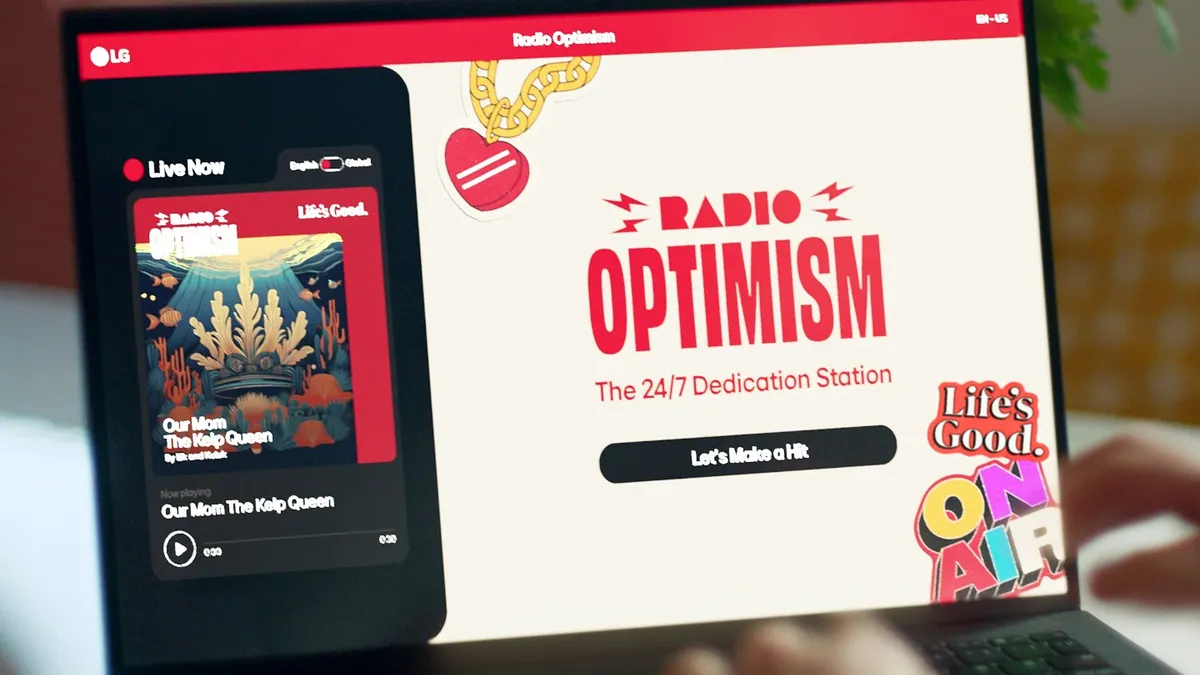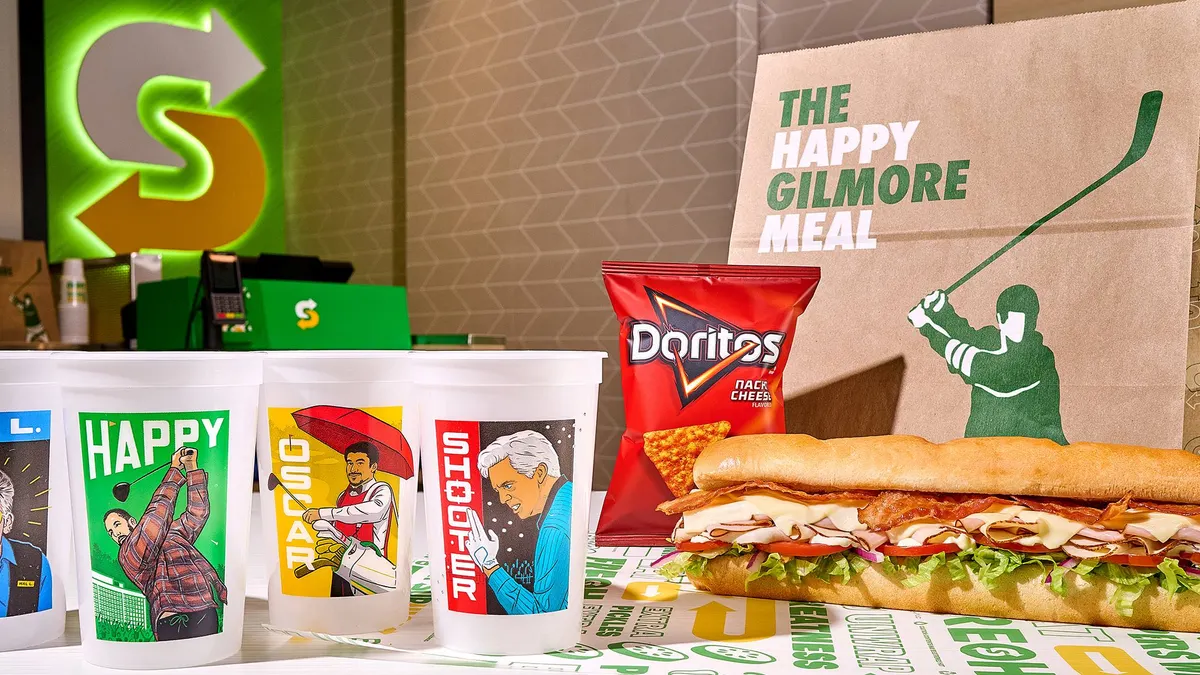The following is a guest post from Jeff Meglio, VP of Agency Partnerships at Sovrn.
Brand safety is a universal goal across the marketing industry, as 99% of advertisers want to ensure their ads appear in brand-safe environments. Ad-tech providers are finding innovative ways to execute on brand safety. They're collaborating closely with advertisers to understand their unique needs and customizing solutions to deliver ads in environments that brands find appropriate and productive.
Measuring the success of brand safety initiatives has proved easier said than done because there's little industry-wide clarity on a universal definition. Multiple attempts to define the term include a recent white paper, Defining Brand Safety, commissioned by the Trustworthy Accountability Group (TAG) to explore differing viewpoints.
The white paper identified some areas of consensus. The industry agrees that brand safety encompasses reputation and consumer perception of a brand, and that acting on brand safety is about risk avoidance for the brand's long-term protection, exemplified by the desire to avoid negative press. But what this description means in terms of criteria and execution is as varied as the brands it's designed to protect.
Brand safety is a highly nuanced concept, largely because each brand has a unique view as to what constitutes a safe ad placement. This can be based on their products and core values as well as on the personal values of their customers. While most brands would consider association with content relating to hate speech or extremism damaging, there are many gray areas, including political views; a placement considered objectionable or dangerous by one brand could be acceptable or even beneficial to another.
The definition of controversial content also differs by brand, as illustrated by Nike's decision to feature Colin Kaepernick in its 30th anniversary campaign last year. This contentious move was beneficial for Nike because the actions of the former San Francisco 49ers quarterback align with the brand's progressive values, as demonstrated in the campaign slogan "Believe in something. Even if it means sacrificing everything." A brand with more traditionalist or conservative values would steer clear of content relating to a controversial sports star for fear of damaging its reputation.
Equally, a brand such as Dick's Sporting Goods, which took a strong stance in the national gun debate following the Parkland shooting, wouldn't want to be associated with online content relating to violence or shootings. However, rival retailers that take a different view on the firearms debate may welcome a placement alongside a news story about gun crime to reinforce the need for their products. Ultimately, defining and executing brand safety is about being intentional and acting on a brand's unique vision and values. This will inevitably be different for each company.
The lack of a universal definition of brand safety results in confusion, even when trying to find solutions. For example, some industry participants use the term to refer to a wide range of adjacent but separate issues such as fraud, viewability, ad clutter and latency — effectively anything that could adversely impact brand reputation and subsequently reduce return on investment (ROI).
These issues are often placed under the umbrella of brand safety because they're quantifiable and therefore easier to enforce without subjective work, but they don't necessarily belong there. Brand safety is purely an issue of ad placement and a method of ensuring ads aren't served in inappropriate environments alongside damaging content.
In the end, a specific definition of brand safety must be created for each brand. This will be hard work, and while necessarily subjective, it's well worth the effort. Effective ad-tech partners can assist in creating this unique criteria through open communication and collaboration. Once the brand's definition is clear and set in writing, it needs to be effectively communicated throughout the organization, specifically to those running ad campaigns.
Brands and their trusted partners can use the agreed-upon definition as the basis for a conversation about how those partners curate inventory to meet brand-specific parameters. An effective partner will understand that each brand has a unique definition of brand safety, and beyond obvious risk categories like porn, hate speech and fraud, will work to curate site lists drawn from a broad range of premium inventory that ensure the brand finds the right type of content.
While brand safety is a subjective issue, brands and their partners can still act on it. Rather than waiting for the industry to define the undefinable or bringing in quantifiable issues such as viewability and fraud, brands can work with trusted partners to outline and execute on their unique definition.




















